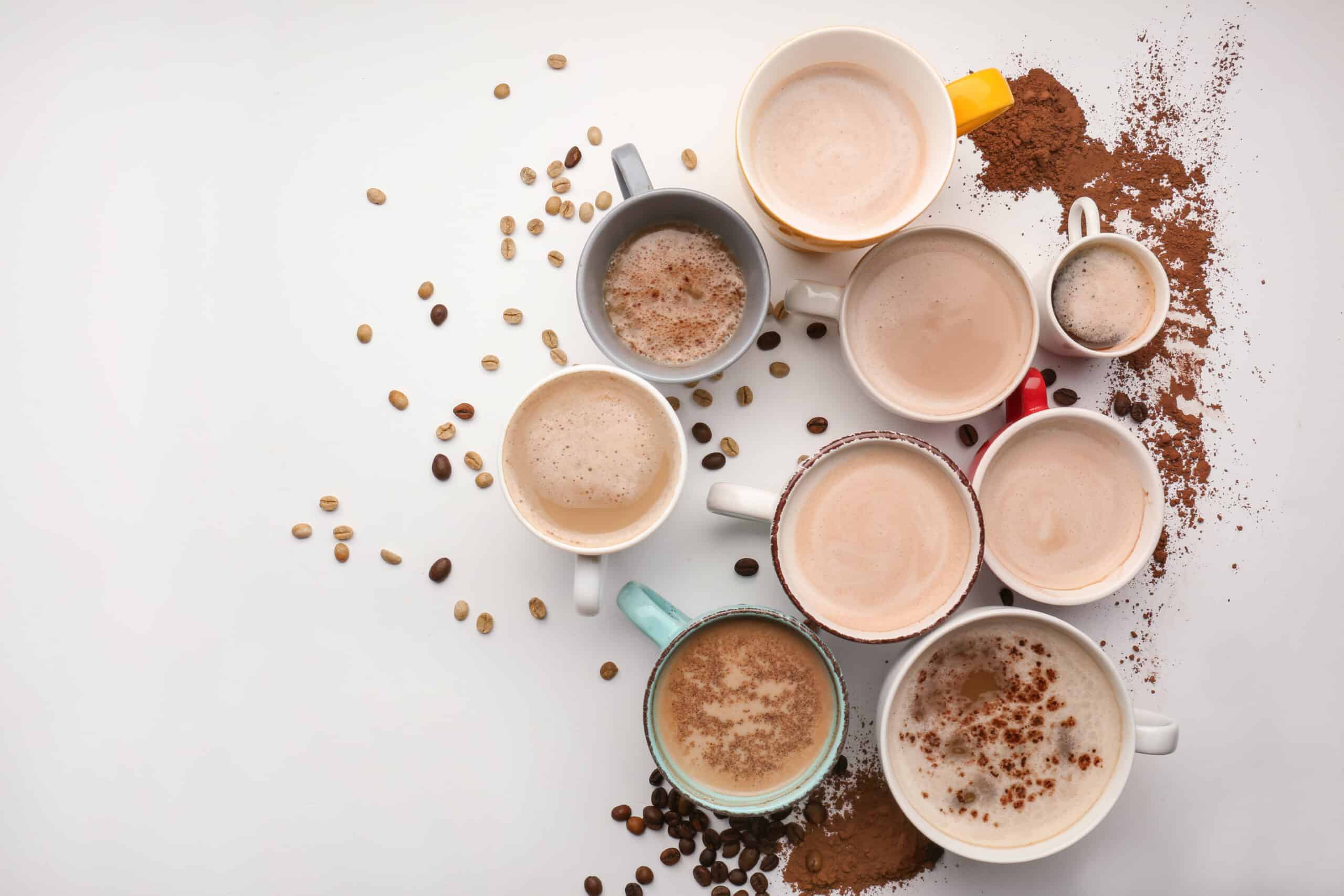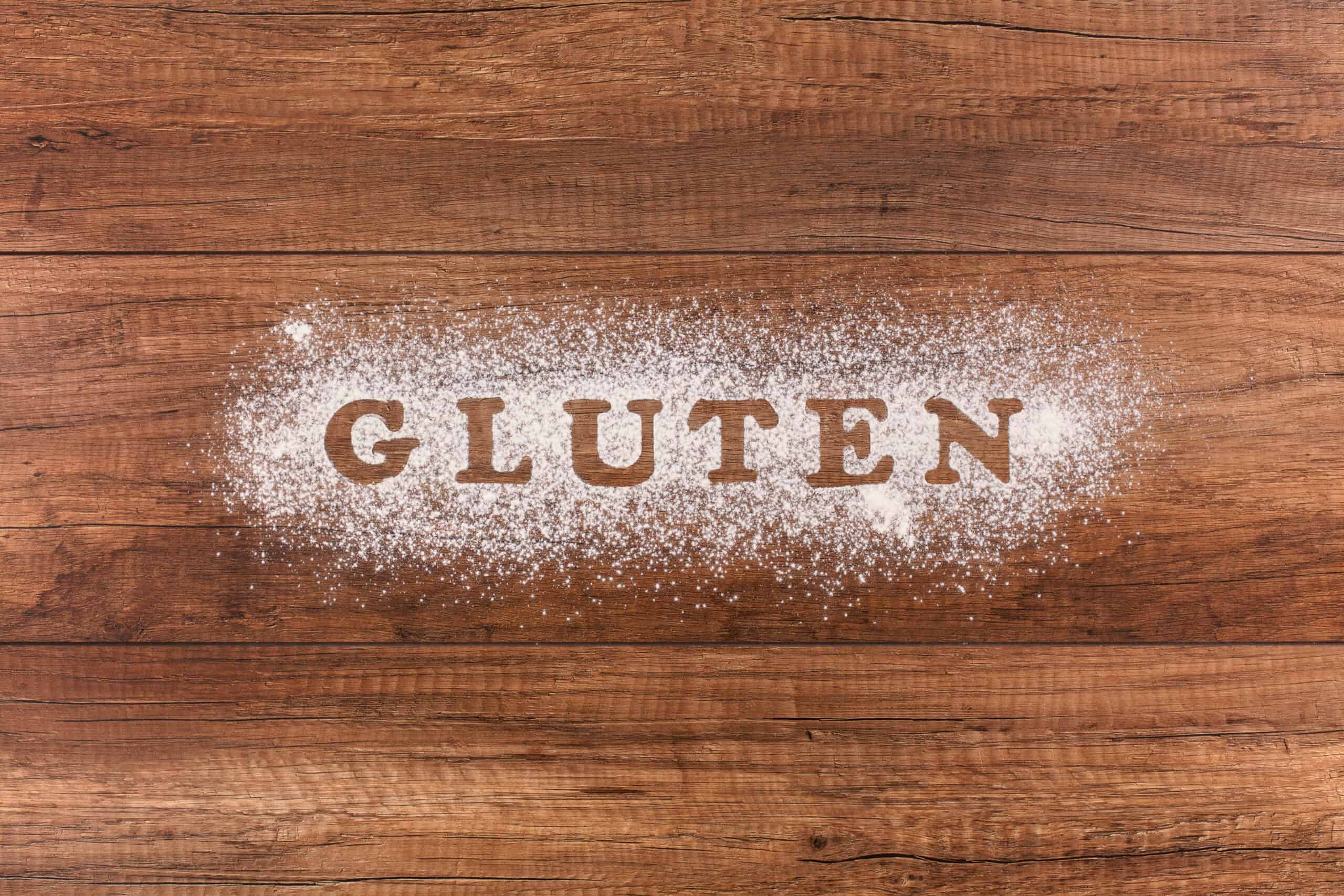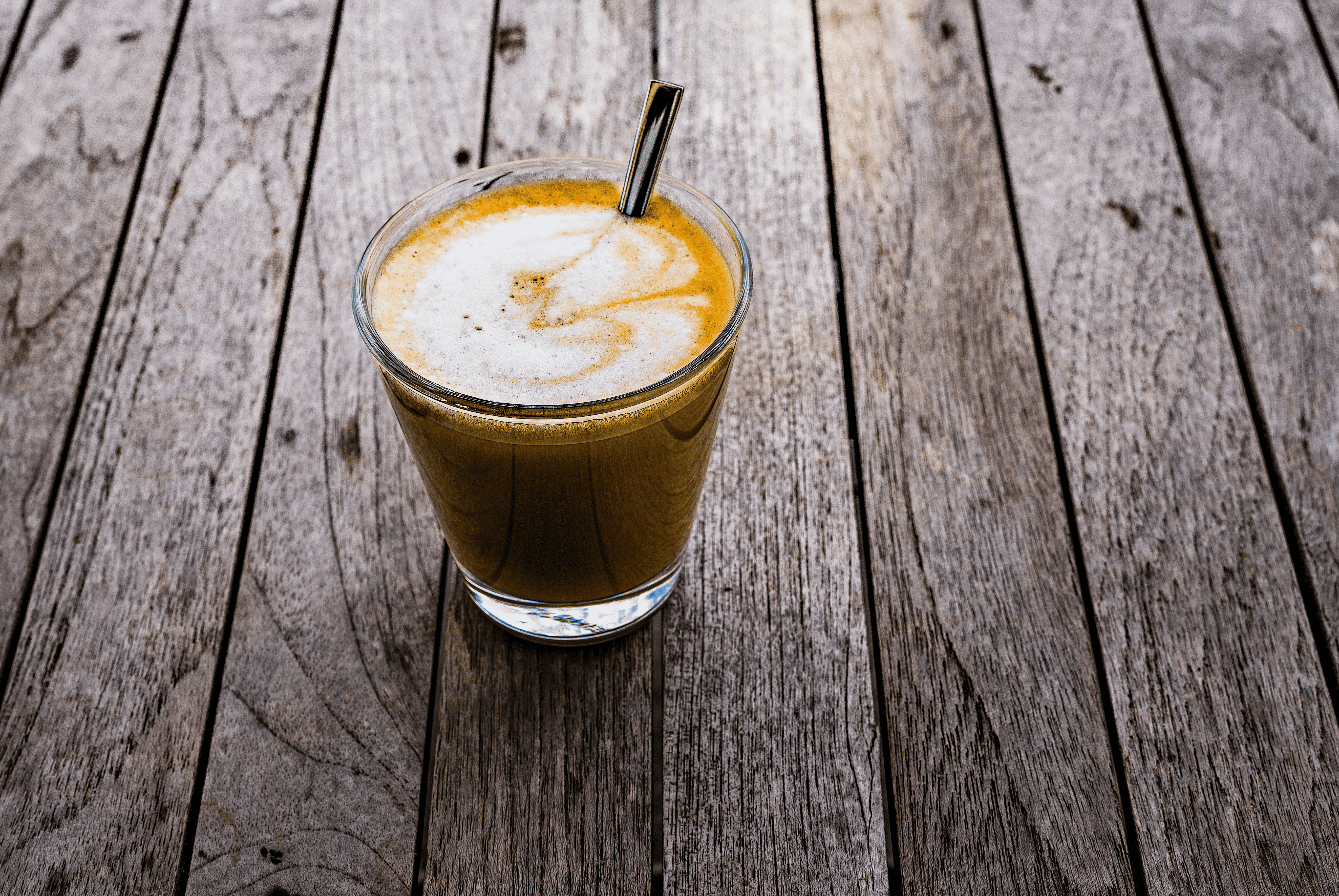Even on the weekends, you never start a day without coffee. You need the caffeinated goodness to energize you so you can wake up and feel your best. Sometimes, you wonder if maybe you drink too much coffee. What is the standard number of coffee cups consumed by the average person per day?
According to 2020 data from the National Coffee Association, the average person in the United States drinks a little over three cups of coffee a day. Coffee consumption has been on the rise between 2015 and 2020, increasing by a modest five percent.
In this article, we’ll share plenty more fascinating and sometimes surprising coffee stats. We’ll also discuss how to know whether you’re drinking too much coffee per day or just the right amount, so check it out!
What Is the Average Amount of Coffee People Drink Per Day?
The National Coffee Association or NCA calls itself the “leading trade association for the U.S. coffee industry.” Founded in 1911 in New York, the organization has an annual conference for coffee lovers and aficionados.
Many people look forward to the NCA’s National Coffee Data Trends or NCDT reports, which the organization produces every year. According to the 2020 report, the average amount of coffee consumed by Americans is three cups a day.
Coffee consumption has been on an upward trajectory for the better part of a decade. The NCDT report remarked on a spike of five percent between 2015 and 2020.
A chart from Statista paints the picture even more clearly. Their data starts from 2013 through 2020 and shows the rise in coffee consumption across much of the 2010s.
From 2013 to 2014, Americans consumed 23.81 million 60-kilogram bags of coffee. Between 2015 and 2016, that number increased to 25.1 million 60-kilogram bags.
The upward trend continued still, with 25.56 million 60-kilogram bags of coffee ingested by Americans between 2016 and 2017. A huge spike occurred from 2018 to 2019 when the average amount of 60-kilogram bags consumed was 27.16 million.
Here are some more fascinating facts from the NCA’s 2020 NCDT report. Most coffee drinkers surveyed, 62 percent, consume coffee daily. Seven out of every 10 Americans drink coffee at least weekly.
What is the preferred type of coffee? The NCA has data on that as well. According to the stats, it’s medium-roast coffee.
How Much Caffeine Does the Average Amount of Coffee Contain?
Thanks to the NCA’s data, we know now that the average amount of coffee that Americans consume is three cups. Yet how big are those cups and how much caffeine do they contain?

Well, that information wasn’t mentioned in the NCA’s NCDT report. If we do a bit of digging though, we were able to find a 2019 Statista Global Consumer Survey that did track coffee consumption.
The number of cups consumed that year was down compared to 2020, but what we’re more focused on is the size of the cups of coffee consumed. Statista notes that the cups are seven ounces.
This is just under the standard of eight ounces for a cup of coffee.
Per the USDA, a seven-ounce or 198.4-gram serving of coffee contains 80 milligrams of caffeine. If you ingested three cups throughout the day, then you’d have consumed 240 milligrams of caffeine in all. We’ll talk more in the next section about whether that’s too much.
Of course, coffee contains differing amounts of caffeine depending on the type, although not by a huge margin. Dark roast coffee beans undergo more roasting, which in turn reduces their mass. Thus, a dark roast coffee will not have exactly as much caffeine as a light roast coffee does.
The difference in caffeine content is negligible though, and any more profound differences could come down to variances in bean quality.
How Many Cups of Coffee Is Too Much?
Do you worry that maybe you’re overdoing it on the coffee? Federal guidelines state that between three and five cups of coffee, each cup eight ounces, is safe for consumption.

Your limit should be up to 400 milligrams.
This guidance only applies to healthy adults, by the way, and not adolescents and young adults and certainly not children.
Pregnant women also want to limit their caffeine consumption by quite a margin lower than the average recommended amount, ingesting no more than 200 milligrams of caffeine daily.
Your body will tell you in the following ways if you’re drinking too much coffee.
Muscle Tremors
Is your body shaking but you don’t feel cold? That’s one sign that you’ve drunk too much coffee. Some people call these caffeine jitters, but they’re anything but a minor nuisance to brush off.
Adrenaline and other hormones spike when caffeine enters your body, which is where the jitteriness comes from.
Fast Heartbeat
When you have coffee after coffee, the epinephrine in your blood increases. Epinephrine or adrenaline will raise your heart rate. It’s more than that, though. Your heart’s force of contractility raises as well, also giving you high blood pressure.
Insomnia
Did you have coffee hours ago, but you still find yourself unable to sleep? Your body often needs upwards of 10 hours to pass the caffeine completely through your system.
Until that happens, you may find yourself tossing and turning and experiencing sleeplessness. This is not good if you have a big presentation in front of your boss tomorrow morning!
Moodiness
The energy from caffeine makes you feel less grouchy at first, but these effects are short-lived. You can become quite irritable as the caffeine travels through your system, especially if you drink a lot of coffee every day.
You’re likely going through caffeine withdrawal, which can also come with headaches.
Increased Urination
You might attribute your increased urination to having drank so much coffee. That’s part of it, but not the full story. Caffeine is a diuretic, aka a substance that makes you have to urinate more often.
Upset Stomach
Does drinking coffee make your stomach upset? This is a symptom that a lot of people report. It’s not the coffee itself, per say, but the caffeine in it. Caffeine affects the digestive tract as it passes through, often leading to distress and irritation.
Your digestive tract can even contract or move, hence the stomach pain. In some cases, if you overdo it on the caffeine, the stuff could behave like a laxative, which will send you running to the bathroom.
If you are complaining of an upset stomach after drinking coffee, be sure you are using high-quality beans. Robusta and Arabica are the two most common beans in the U.S. Brewing with Arabica won’t be as harsh on the stomach.
Dizziness
As caffeine changes how much blood reaches the heart, it does the same to your brain. With less blood flow in the brain, you can feel a little woozy for a while. The feeling will pass, but it can take time.
Anxiety or Nervousness
The whole reason you likely gulped down so much caffeine was to become energized and focused. The opposite can happen as your fight or flight response activates due to the aforementioned increase in adrenaline.
If you have anxiety, then your symptoms can worsen after having caffeine.
Tips for Cutting Back on Your Coffee Consumption
Coffee can be quite healthful, reducing rates of depression, type 2 diabetes, and even potentially your risk of death.
However, as the last section proves, it’s a fine line between reaping the benefits of coffee consumption and feeling ill from too much caffeine.
The following tips will help you get back to that baseline of three or four cups of coffee per day.
Start Your Day with Light Exercise
Many people who begin their day with coffee do so because they feel like a zombie. They can barely keep their eyes open, and they’re dragging through their morning already dreaming about going back to bed.
Rather than use caffeine to give you the energy boost you need in the morning, you can always exercise. We’re not advising you to break into a full sweat before you go to work unless you like waking up two hours earlier than usual so you can exercise and shower.
Instead, do some light yoga or maybe a bit of tai chi. The goal is to get your body moving, your heart pumping, and your blood flowing.
By the time you start to feel a little tired, you can eat breakfast or have a mid-afternoon snack to perk you back up until it’s time to go home from work.
Don’t Quit Cold Turkey
Quitting anything cold turkey almost never works, whether that’s caffeine, alcohol, cigarettes, chocolate, or any other vice.
You’ve fallen into a pattern where when you feel a craving strike, you fulfill it, often without even thinking about it. It’s become routine.
When you quit cold turkey, you don’t fulfill those cravings, so you start to go into withdrawal. Cutting too much caffeine too quickly can lead to headaches, irritability, and tiredness.
The best course of action is to gradually reduce how much coffee you consume.
You don’t even want to erase a whole cup from your day in the beginning. Instead, if you usually drink six cups, make it five and a half that first day. After you’re used to that, then drink five cups.
Then reduce your consumption to four and a half cups, then four cups, and so on.
You don’t even necessarily have to lessen how much coffee you drink incrementally every single day. You can give yourself several days to adjust to less caffeine and then reduce your intake further.
This will help you avoid those unpleasant caffeine withdrawal symptoms, or at least lessen the severity of the symptoms.
Make a Coffee Journal
As we established in the paragraphs above, you may often drink coffee without even really thinking about it or realizing it. That’s why having a coffee journal is such a good thing.
Each time you drink coffee, jot it down in the journal. If you can, include information like the coffee quantity so you can go back later and calculate how much caffeine you ingested.
As you follow the above routine for reducing caffeine intake, you should see the amount of caffeine you consume go down more and more. This is proof positive that what you’re doing is working!
Choose Decaf
Cutting back on caffeine does not mean quitting coffee altogether. You can always drink decaf, which contains only two milligrams of caffeine in a standard serving.
You certainly won’t feel as caffeinated as when drinking regular coffee, but at least you can go to social functions that involve coffee, such as work meetings or hanging out at a café enjoying live entertainment.
Try Tea
You can also use this opportunity to drink other beverages. Tea, for example, often contains just about as much caffeine as decaf coffee, and some types of tea have no caffeine at all.
Your body will appreciate your newfound tea consumption. After all, tea has been proven to better your immunity, help you lose weight, and reduce your heart disease and cancer risks.
Be Aware of Where Caffeine Hides
It’s not only coffee that contains caffeine. Other beverages from soft drinks to energy drinks have just as much caffeine as a cup of coffee if not more so.
Foods too may be caffeinated. A 3.5-ounce or 100-gram serving of milk chocolate with 33-percent cocoa contains 45 milligrams of caffeine.
Bittersweet chocolate at 55 percent cocoa has 124 mg of caffeine per serving and 100 percent pure cocoa chocolate contains upwards of 240 milligrams of caffeine!
Any foods that contain coffee or coffee flavoring are likely to be caffeinated as well, including coffee-flavored bagels, coffee ice cream, and other desserts such as tiramisu.
Final Thoughts
The average American drinks up to four cups of coffee per day, which still puts them well under the 400-milligram daily caffeine threshold. Drinking too much coffee can negate the many health benefits of this beverage due to all that caffeine.
If you’re struggling to reduce your caffeine consumption, start a caffeine journal, switch to decaf coffee or tea, and make sure you reduce the amount of coffee you drink gradually.
Is Coffee Gluten Free? Best Cup for Your Gut
Coffee, with its invigorating aroma and rich flavor, is a…
How to Make the Perfect Gibraltar Coffee
Gibraltar coffee is a delicious espresso-based drink that originated right…


